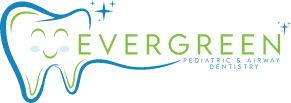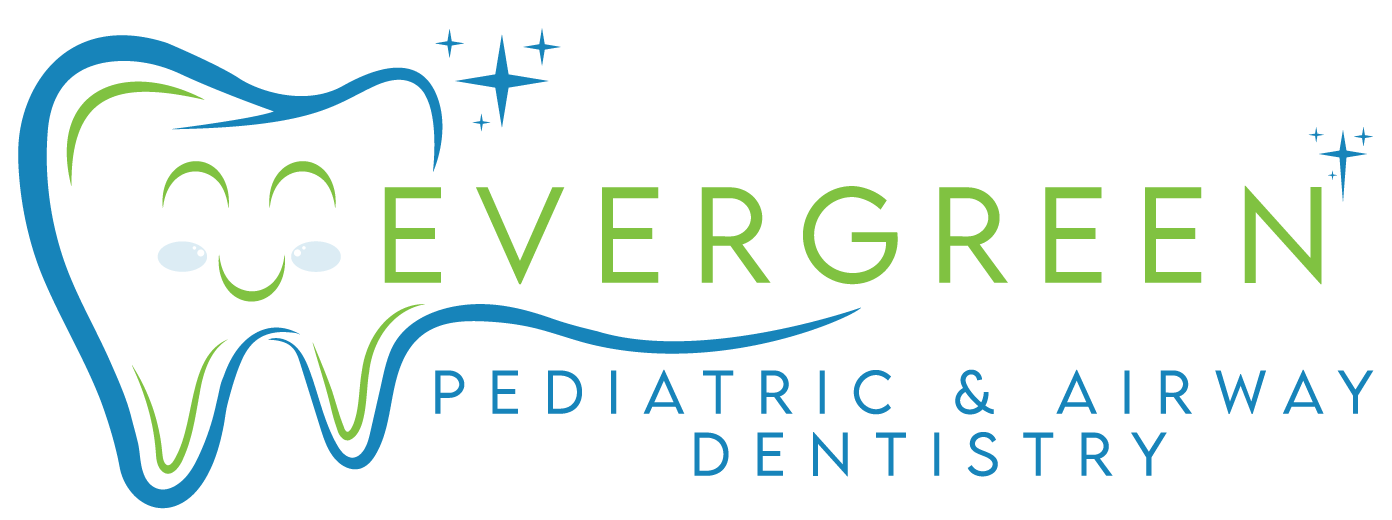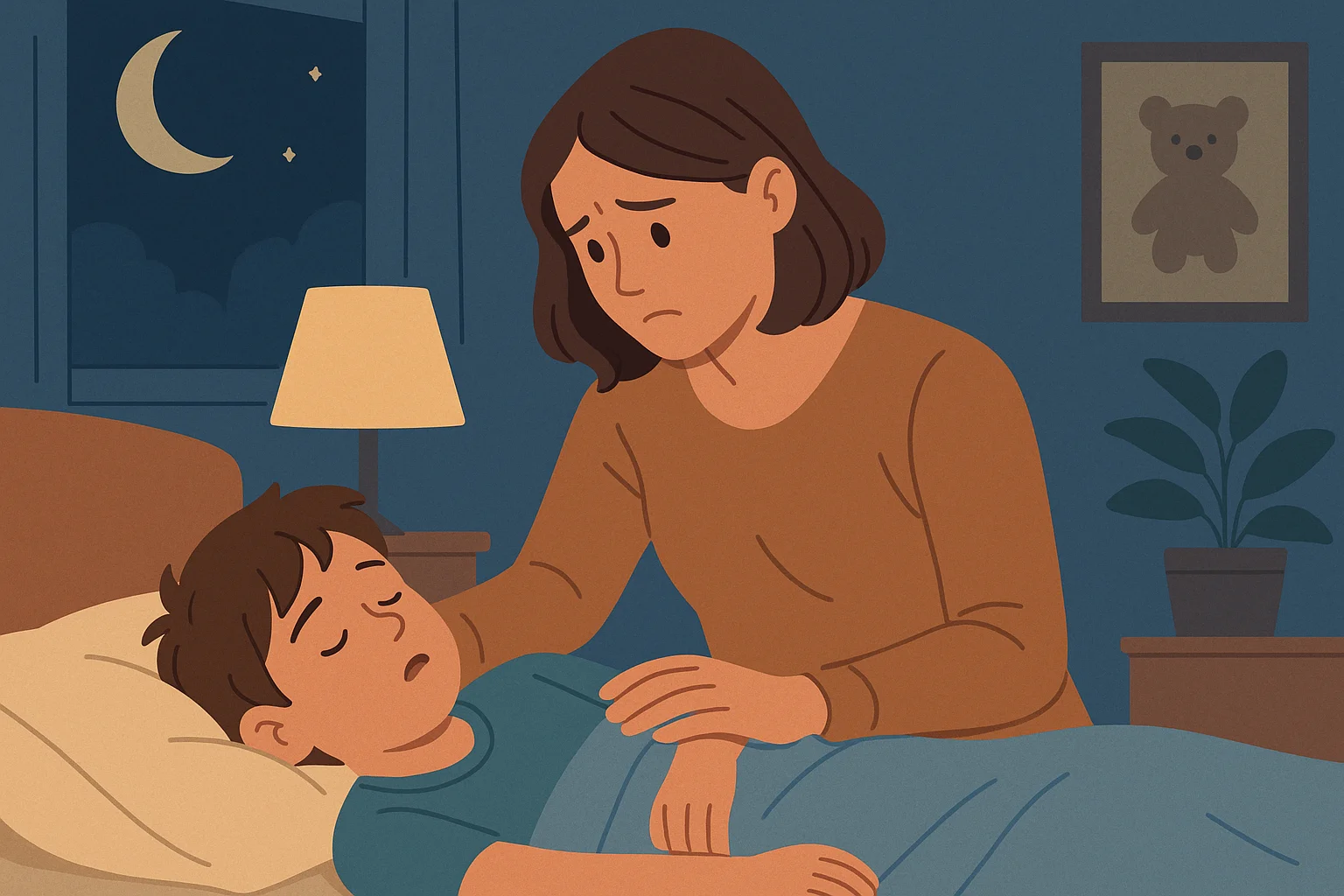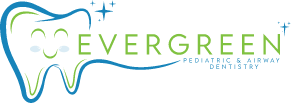Lifestyle as the Foundation of Pediatric Sleep Apnea Care, what you need to know.
Managing sleep apnea in children doesn’t always require machines or medications. In many cases, simple, consistent lifestyle changes can significantly reduce the severity of symptoms—or even resolve the condition entirely. From nutrition and exercise to sleep position and breathing habits, these adjustments offer a powerful, non-invasive pathway to better health.
What makes lifestyle-based interventions so appealing is their accessibility and sustainability. Families can make incremental improvements at home without medical devices or invasive treatments. These proactive steps empower parents to take control early, potentially minimizing the need for more complex interventions down the line.
In this article, we’ll explore why lifestyle strategies matter so much, how to implement them effectively, and when to seek help from a pediatric airway specialist. Whether your child has been formally diagnosed or is showing signs of sleep-disordered breathing, understanding the root causes and proactive solutions will help you feel more empowered.
Understanding Pediatric Sleep Apnea
Pediatric sleep apnea occurs when a child’s breathing is repeatedly interrupted during sleep. This can be due to physical blockages, such as enlarged tonsils or a narrow airway, or from neuromuscular causes that impair normal breathing patterns. Unlike in adults, where sleep apnea often presents as snoring and daytime fatigue, children may instead exhibit behavioral issues or growth problems.
Common symptoms include loud snoring, restless sleep, mouth breathing, frequent bedwetting, trouble focusing, and hyperactivity. Left untreated, pediatric sleep apnea can interfere with development, impair school performance, and increase the risk of long-term health complications like hypertension and metabolic disorders. Recognizing these red flags early can lead to timely interventions.
Understanding these nuances is critical for parents, teachers, and caregivers. Children don’t always have the vocabulary to articulate poor sleep, so behavioral cues and developmental concerns may be the only visible signs. Acting early can prevent downstream effects on emotional health, learning, and even physical growth.
Healthy Weight and Nutrition
Maintaining a healthy weight is one of the most effective ways to manage sleep apnea. Excess weight can put pressure on a child’s airway, making it more likely to collapse during sleep. Even a small reduction in body weight can lead to significant improvements in sleep quality and apnea severity.
Families can start by making simple adjustments in their dietary habits. Prioritizing whole foods, balanced meals, and regular meal times reduces inflammation and supports better energy and metabolism. Minimizing processed foods and high-sugar snacks not only helps weight but also reduces systemic inflammation that can worsen airway resistance.
To support better sleep through diet, families should focus on:
- Increasing fruits, vegetables, lean proteins, and whole grains
- Reducing sugar, processed foods, and soda
- Establishing regular meal times and limiting late-night eating
Encouraging healthy eating doesn’t mean imposing strict rules. Involve your child in grocery shopping, let them pick new fruits or veggies to try, and cook meals together as a family. Making food a fun and educational experience builds positive, sustainable habits.
Physical Activity and Exercise
Physical activity supports healthy weight management, boosts respiratory function, and helps regulate sleep cycles. Children who are active during the day tend to fall asleep more easily and stay asleep longer—important benefits for kids with sleep-disordered breathing.
Exercise doesn’t have to be formal or scheduled. The goal is consistent movement throughout the day. This could include after-school sports, biking around the neighborhood, jumping rope, or even dancing in the living room. The idea is to make physical activity enjoyable and routine.
Aim for at least 60 minutes of movement per day. This can include:
- Playing outside, running, or biking
- Organized sports or dance classes
- Family walks, hikes, or active games like tag
The key is consistency. Make exercise a regular part of your child’s routine, but keep it fun. Allow them to choose activities they enjoy, and make time for movement even on busy days with shorter play breaks or indoor dance sessions.
Sleep Environment and Positioning
Creating a restful sleep environment supports better breathing and deeper sleep. Environmental factors like allergens, noise, and room temperature can affect how well a child sleeps and whether their airway remains open. Clean air and calm surroundings promote relaxed breathing patterns and reduce irritability from interrupted sleep.
Parents can also consider ergonomics and positioning. Certain sleep positions, especially lying on the back, are more likely to exacerbate sleep apnea symptoms. Encouraging side sleeping, using positioning pillows, or gently guiding your child into side positions at bedtime can make a measurable difference.
Tips to optimize your child’s sleep setting include:
- Using hypoallergenic bedding and maintaining good air quality
- Keeping the room dark, cool, and quiet
- Removing distractions like screens or toys from the bed
Sleep position matters too. Supine (back) sleeping can worsen airway obstruction, while side-sleeping often reduces apneic events. Use body pillows or gentle positioning aids to encourage side-sleeping. Additionally, teaching nasal breathing through games or gentle reminders can train healthier habits over time.
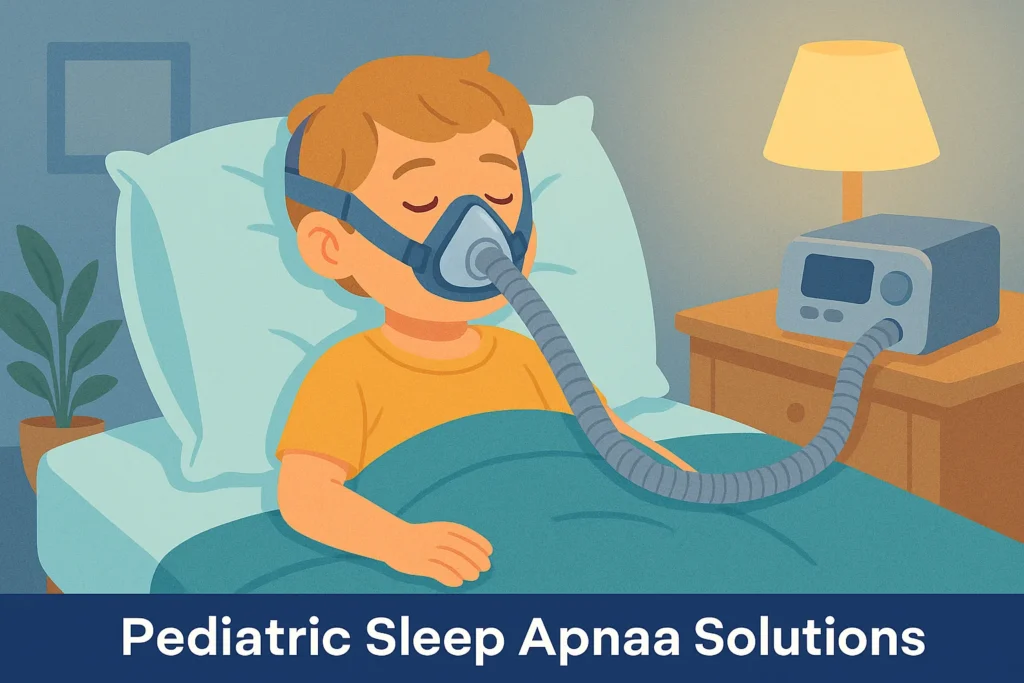 Oral Habits and Airway Health
Oral Habits and Airway Health
Oral habits such as mouth breathing, thumb sucking, or prolonged pacifier use can affect jaw development and increase the risk of sleep apnea. These behaviors alter the shape of the palate and airway, making it more likely for blockages to occur during sleep.
Nasal breathing is key for airway health. When children breathe through their noses, it promotes proper tongue posture and jaw growth, supporting a wider and more open airway. Parents should monitor for signs of habitual mouth breathing and intervene early.
Signs that your child may benefit from airway-focused care include:
- Chronic mouth breathing during the day or night
- Frequent snoring or noisy breathing
- Underdeveloped or narrow jaw structure
Myofunctional therapy, habit-eliminating tools, and early dental evaluations can help correct these patterns. A pediatric airway dentist can assess tongue posture, jaw alignment, and breathing habits to create a customized plan for improving airway health.
Partnering with Pediatric Airway Dentists
Lifestyle changes are a great starting point, but when symptoms persist, partnering with a pediatric airway expert becomes essential. Specialists like Dr. Susan at Evergreen Pediatric & Airway Dentistry offer a comprehensive, child-friendly approach to identifying and treating sleep-disordered breathing.
Dr. Susan’s evaluations include a detailed look at the child’s jaw development, breathing patterns during rest and sleep, and dental and soft tissue alignment. These insights help determine whether further intervention, such as oral appliances or orthodontic support, is necessary. Early intervention often reduces or eliminates the need for more invasive treatments later.
She works closely with pediatricians, ENTs, and sleep specialists to ensure coordinated care. This collaborative model not only identifies root causes but also delivers solutions that are comfortable, effective, and customized for growing kids.
When Lifestyle Changes Aren’t Enough
For some children, lifestyle changes alone may not fully resolve sleep apnea. This doesn’t mean they’ve failed—it means they need additional support. Persistent snoring, gasping, or daytime symptoms warrant further evaluation by an airway specialist.
It’s important to act quickly when symptoms linger. Delaying intervention can allow symptoms to worsen and negatively affect a child’s development, mood, or school performance. A multidisciplinary team can help determine the best next steps and treatment options.
Next steps may include:
- A comprehensive airway exam by a trained pediatric dentist
- A referral for a sleep study to confirm a diagnosis
- Additional therapies such as oral appliances or myofunctional therapy
Early detection leads to better outcomes. Acting sooner rather than later gives your child the best chance to grow, learn, and thrive without the barriers that disrupted sleep can create.
Empowering Parents, Supporting Healthy Sleep
Pediatric sleep apnea is a complex issue—but managing it doesn’t have to be overwhelming. Through informed lifestyle changes, proactive support, and expert collaboration, families can make real progress toward better sleep and better health for their children.
At Evergreen Pediatric & Airway Dentistry, we believe in empowering parents with education, equipping children with practical solutions, and delivering care that supports the whole child—not just their symptoms. Your child’s path to better sleep starts with understanding—and we’re here to guide every step of the way. Schedule your child’s consultation today!
Evergreen Pediatric Dentistry
https://www.google.com/maps?cid=14720788683151219551
12910 Totem Lake Blvd NE #103, Kirkland, WA 98034, United States
(425) 814-3196
https://evergreenkidsdentist.com/
FAQs
How can I tell if my child’s sleep apnea is improving?
Look for signs like quieter sleep, fewer night wakings, better focus during the day, and improved mood. Keeping a sleep diary and scheduling follow-ups with your provider can help track progress.
Is it too late to start making changes if my child is older?
No. While early intervention is ideal, lifestyle improvements and expert care can benefit children of all ages. Don’t hesitate to take action now—better sleep can still be achieved.
Are there resources to help guide our family through these changes?
Yes. At Evergreen Pediatric & Airway Dentistry, we offer educational materials, coaching, and access to trusted specialists. Whether you’re just starting or seeking more advanced support, we’re here to help.
